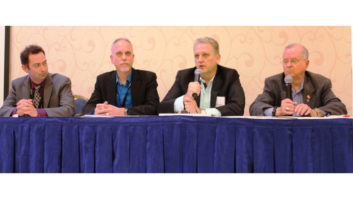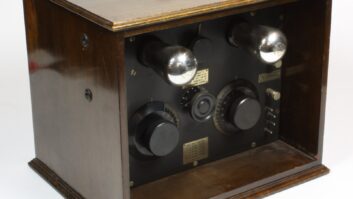Some FCC critics have questioned whether giving AM broadcasters expanded access to the FM band can really be considered a form of “revitalizing” AM at all. But one thing is certain: AM broadcasters were eager for the chance.
The second AM-only application window for FM translators closed Monday evening. And in the two windows this year, almost 1,100 applications were received by the Federal Communications Commission.
In the just-concluded second window alone, some 420 modification applications came in. Of those, 265 have been granted so far.
In the first window, which ran from late January to late July and was open only to Class C and D stations, the FCC received 671 applications; the vast majority of those had been granted as of late September.
So that makes a total of 1,091 applications in all, or almost one for every four AMs. (There are 4,671 licensed AM stations in the United States, according to the most recent FCC data.) Of the 1,091, at least 889 total applications have been approved; Radio World has requested an updated approved number.
These two windows were designed to provide AM licensees the opportunity to acquire and relocate one authorized non-reserved band FM translator station — in FM Channels 221 to 300 — by up to 250 miles. Any given AM station could file only one application. The FCC also plans new FM translator auction windows for AMs that didn’t file this year, but it has not set out a timetable. Commissioner Ajit Pai, who has been a proponent of the revitalization initiative, has said he will press for those to open in 2017.
When the FCC issued its AM revitalization order in late 2015, advocates were thrilled about its translator provisions, because they felt many daytime AM stations could use 24/7 FM translators that do not sign off at night. Ben Downs, VP and GM of Bryan Broadcasting, told Radio World at the time that the move meant “the closing of the daytime-only slum. Every station that has lived through being off the air during half of morning and afternoon drive time is now able to serve their listeners 24 hours a day. That’s a change that would be impossible to minimize.”
Related:
John Garziglia Looks at Next Steps for FM Translator Relocations (Sept. 2016)












